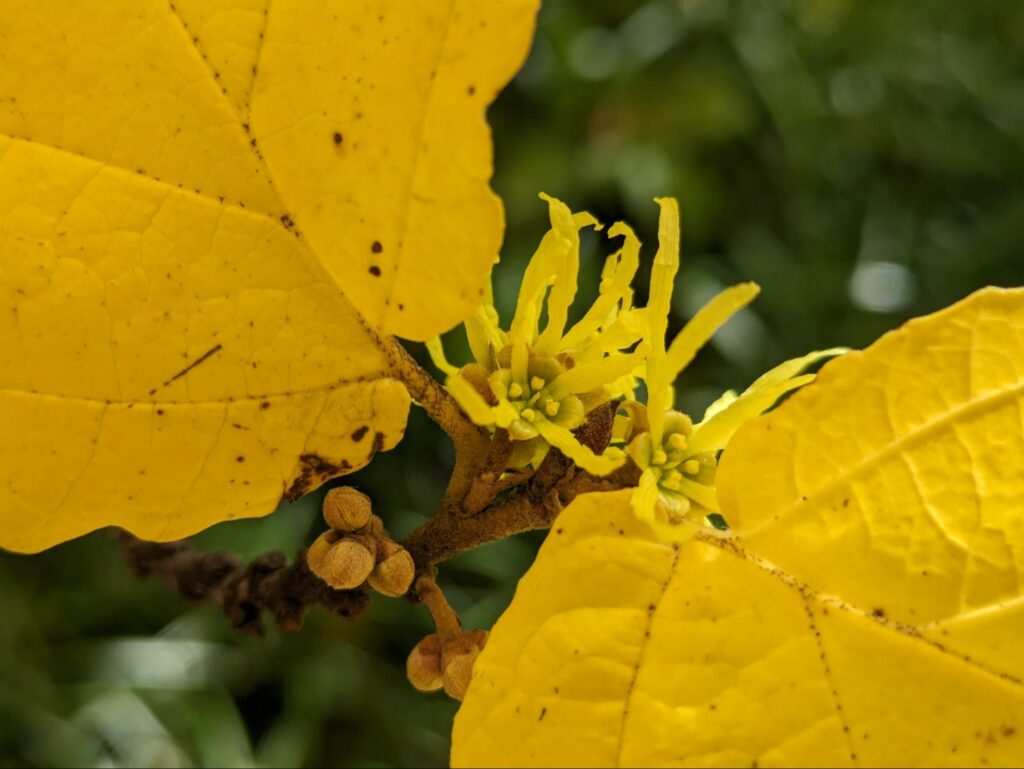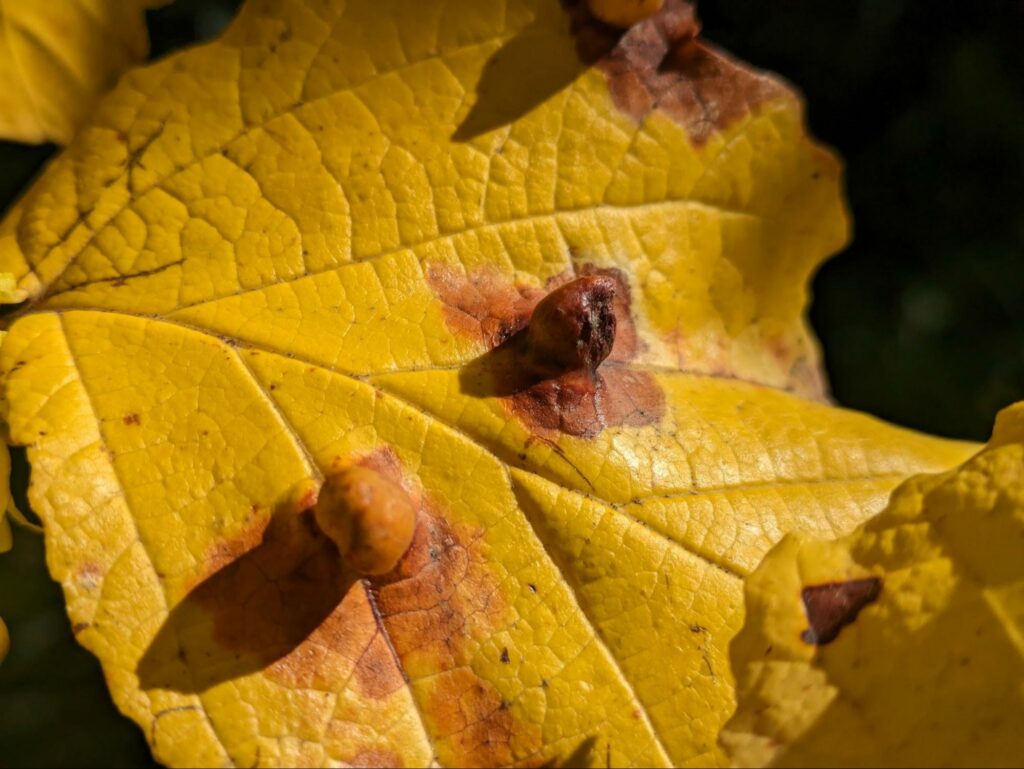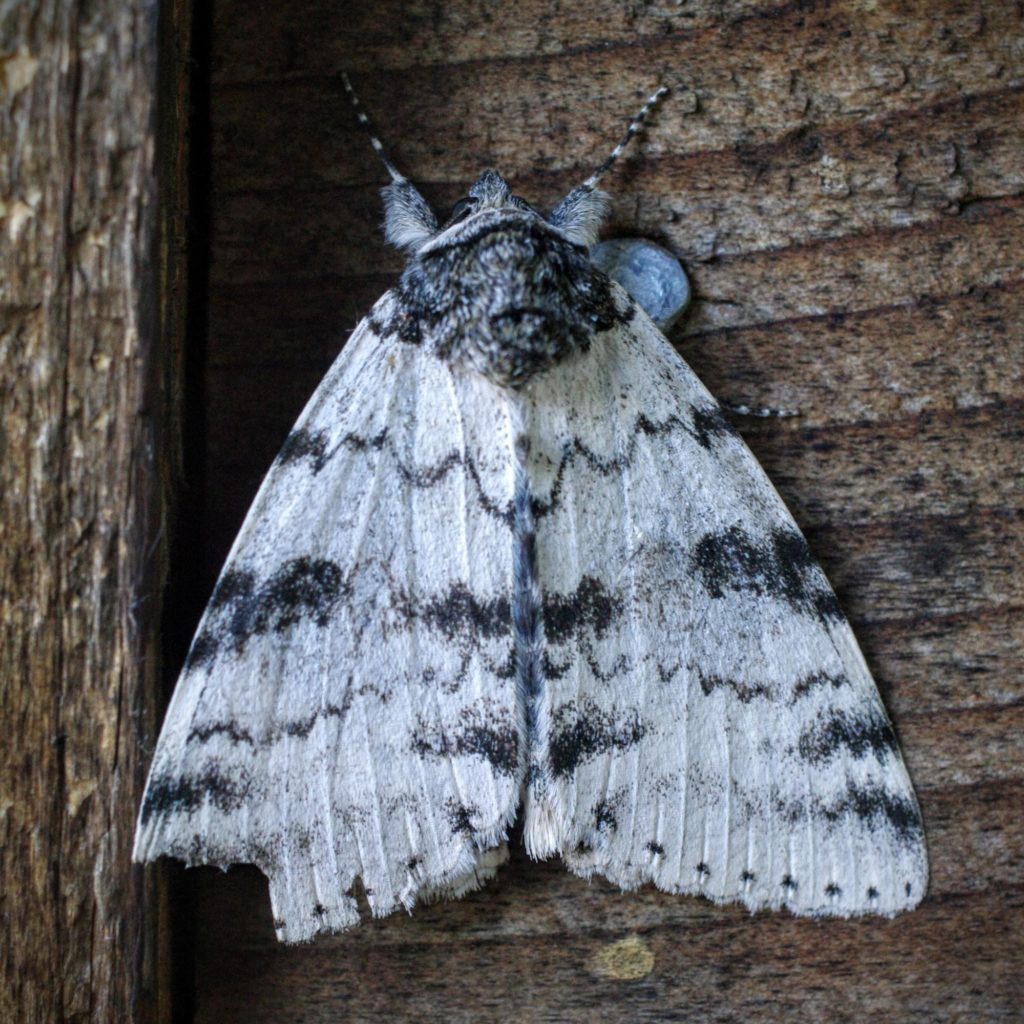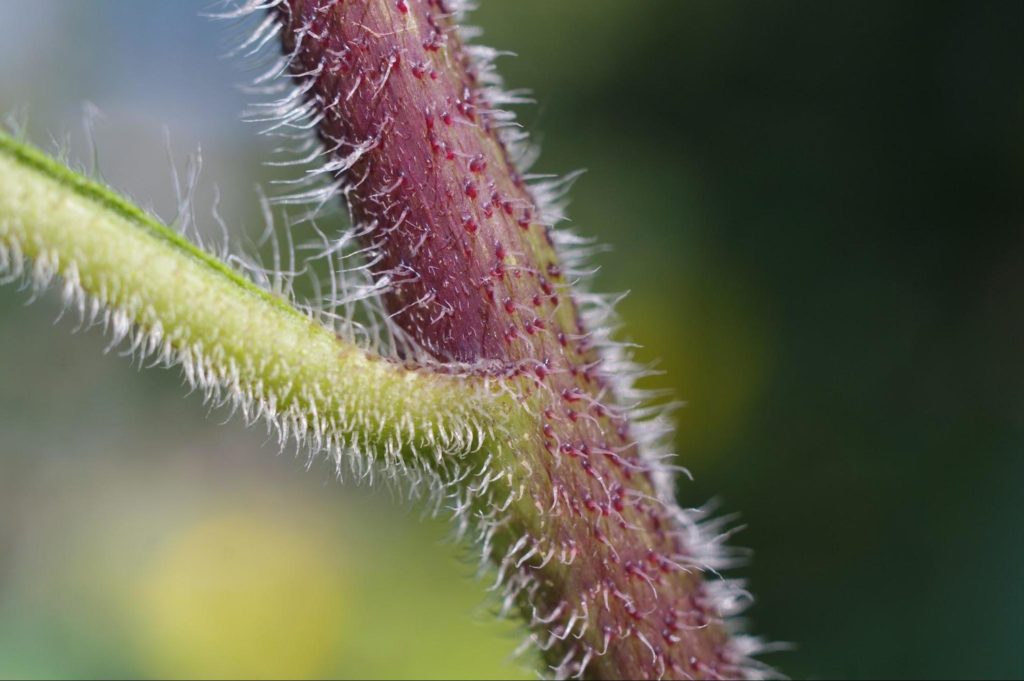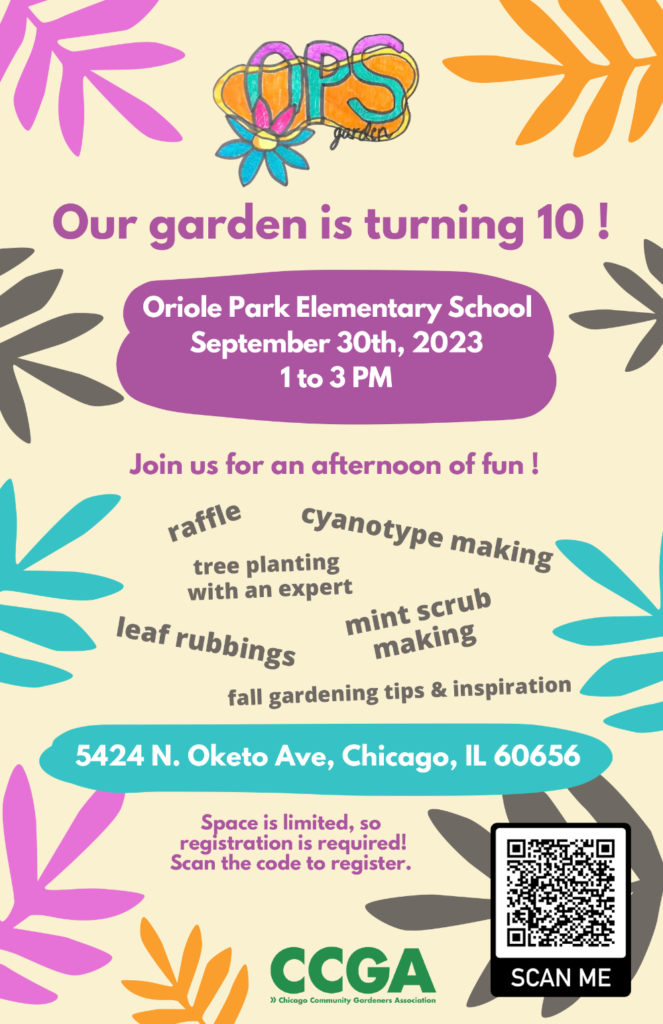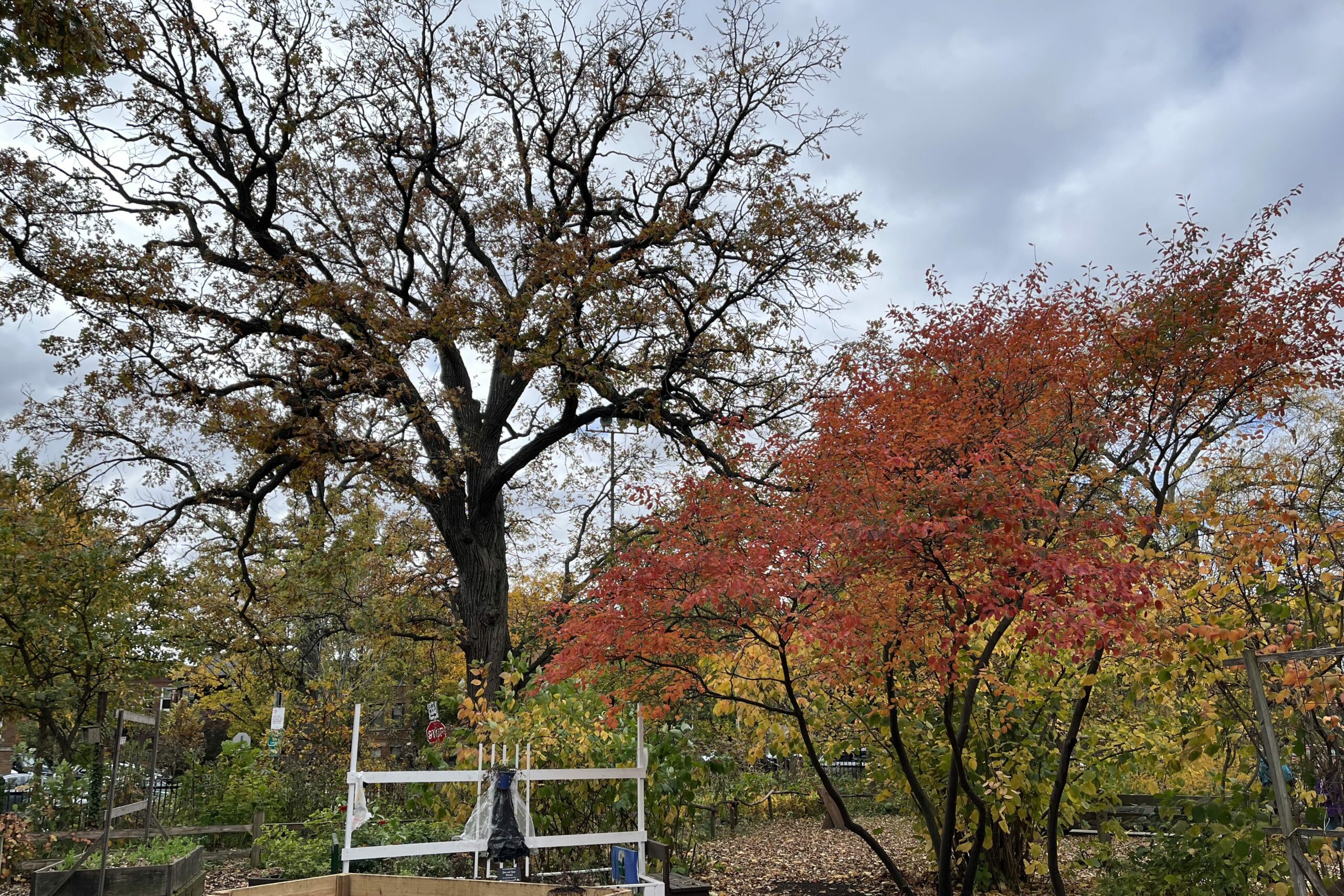
Well well well, Saturday looks like it will be a nice day for Fall gardening. I plan on being there by 9:00 but I have to leave by 11:00 for a Friends of the Park event. Here are some thoughts and observations:
Bravo to parkway plantings:
I went to the school yesterday, sunny and lovely, to check out a few things. And I noted that the parkway plantings along Campbell and Maplewood look well-tended and healthy. Bravo to those of you who put time in to make them more presentable and more productive. More signage?
More sapling pruning needed:
There are still more saplings that need pruning. We did A LOT last Saturday, burned up the smaller pieces, and stored the heftier pieces for future twig fencing. Again, bravo.
Dried, bagged oak leaves useful:
We have a lot of leaves laying around. The non-oak leaves tend to rot and disappear by the end of Spring. But oak leaves can serve another purpose. If we burn the natural areas in the Spring, and there is not enough grassy fuel, we can prepare for the burn by distributing oak leaves that have been bagged and stored in the shed overwinter. It used to be a fun task for students to rake and store oak leaves, and helpful.
“Everbearing” raspberries:
We have a lot of these raspberries (I think they have been “modified” by selective cultivation). Anyway, you may have seen raspberries fruiting in late summer and early fall. By now, all that is left is the late, spent carpels of the fruit. I always heard that you should cut these canes to the ground, and they will produce a good crop next Fall. So I hope to label all our “everbearing” rasps, so that we can handle them differently. Let’s have a look on Saturday!
Regular raspberry pruning:
Some of you have heard my instructions on raspberries pruning, which I more or less stand by. But here is a really nice video about pruning in a more commercial, less chaotic setting than we host. Check it out and let’s compare notes.
What a blessing of days,
Pete
